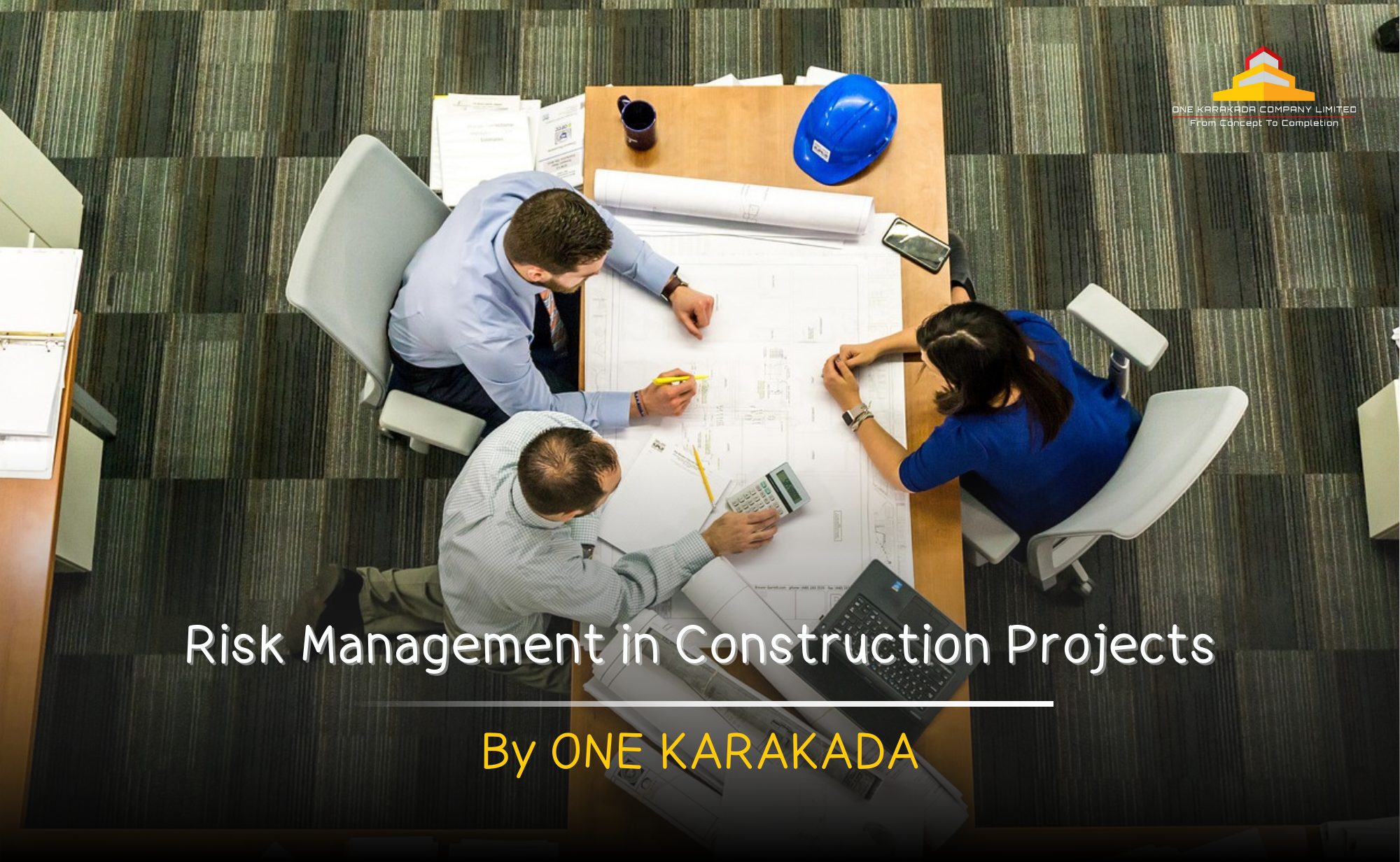In the dynamic realm of construction, the adage “where there’s investment, there’s risk” holds true. Just like any venture, construction projects are inherently susceptible to unforeseen challenges and potential setbacks. However, by embracing effective risk management strategies, project stakeholders can navigate these uncertainties with greater confidence and steer projects towards successful completion.
Risk Management: A Cornerstone of Construction Success
Risk management in construction projects encompasses a systematic approach to identifying, analyzing, and mitigating potential risks that could hinder project progress, derail budgets, and jeopardize overall success. It’s a proactive strategy that empowers project teams to anticipate and address challenges before they materialize, ensuring a smoother and more predictable project lifecycle.
The Risk Management Process: A Structured Approach
Effective risk management in construction projects follows a structured process that involves the following key steps:
Risk Identification: The first step involves meticulously identifying potential risks that could impact the project. This comprehensive assessment considers a wide range of factors, including material delays, regulatory changes, unfavorable weather conditions, and labor shortages.
Risk Analysis: Once identified, risks are subjected to thorough analysis to assess their likelihood of occurrence and potential impact on the project. This evaluation employs various tools and techniques, such as quantitative analysis and qualitative analysis, to provide a clear understanding of the risks’ significance.
Risk Evaluation: Risks are then ranked based on their probability of occurrence and potential severity. This prioritization helps project managers focus their efforts on addressing the most critical risks first, ensuring efficient resource allocation and risk mitigation strategies.
Risk Response Planning: For each identified risk, a tailored risk response plan is developed. These plans outline specific actions to address the risk, such as avoidance, mitigation, transfer, or acceptance. Avoidance aims to eliminate the risk altogether, mitigation seeks to reduce its likelihood or impact, transfer involves shifting the risk to another party, and acceptance acknowledges the risk and prepares for its potential consequences.
Risk Response Implementation: The formulated risk response plans are then put into action, ensuring that proactive measures are taken to minimize the negative effects of potential risks. This implementation phase requires ongoing monitoring and adjustments to ensure the effectiveness of the risk management strategies.
Risk Monitoring and Control: Throughout the project lifecycle, continuous monitoring and evaluation of risk management efforts are essential. This ongoing process ensures that the implemented strategies remain effective in addressing evolving risks and that any necessary adjustments are made promptly.
Practical Examples of Risk Management in Construction
To illustrate the practical application of risk management in construction, consider the following common risk scenarios and corresponding mitigation strategies:
Risk: Material Delays
Mitigation Strategy: Establish strong relationships with reliable suppliers, maintain strategic inventory levels, and identify alternative sourcing options.
Risk: Unfavorable Weather Conditions
Mitigation Strategy: Develop weather-sensitive work plans, utilize protective equipment and materials, and implement contingency plans for extreme weather events.
Risk: Labor Shortages
Mitigation Strategy: Employ flexible hiring practices, invest in employee training and development, and consider outsourcing specialized labor tasks.
Risk: Legal and Regulatory Compliance
Mitigation Strategy: Stay updated on relevant construction laws and regulations, engage legal counsel for expert guidance, and implement robust compliance procedures.
Conclusion: Embracing Risk Management for Construction Success
By embracing a proactive and structured approach to risk management, construction projects can significantly enhance their chances of success. By identifying, analyzing, and mitigating potential risks early on, project teams can minimize disruptions, optimize resource allocation, and navigate the complexities of construction with greater confidence. Effective risk management empowers project stakeholders to transform uncertainties into opportunities, paving the way for successful project completion and enduring value creation.
…
ONE KARAKADA Co., Ltd. stands out as a premier design and build construction company in Thailand, with a specialized focus on developing GMP-standard factories. Their expertise is not limited to this niche, as they also excel in constructing general factories and warehouses.
The company’s commitment to international quality standards is evident in their use of prefabricated structures that promise durability and efficiency. With a dedicated team of engineering and architectural experts, ONE KARAKADA Co., Ltd. ensures meticulous oversight of every construction phase, guaranteeing that each project not only meets but exceeds the highest industry standards. This approach has cemented their reputation as a leader in the Thai construction sector, delivering projects that are both innovative and reliable.

